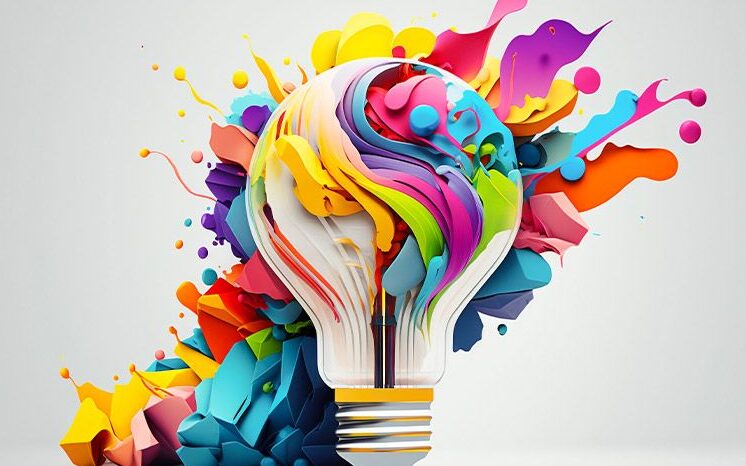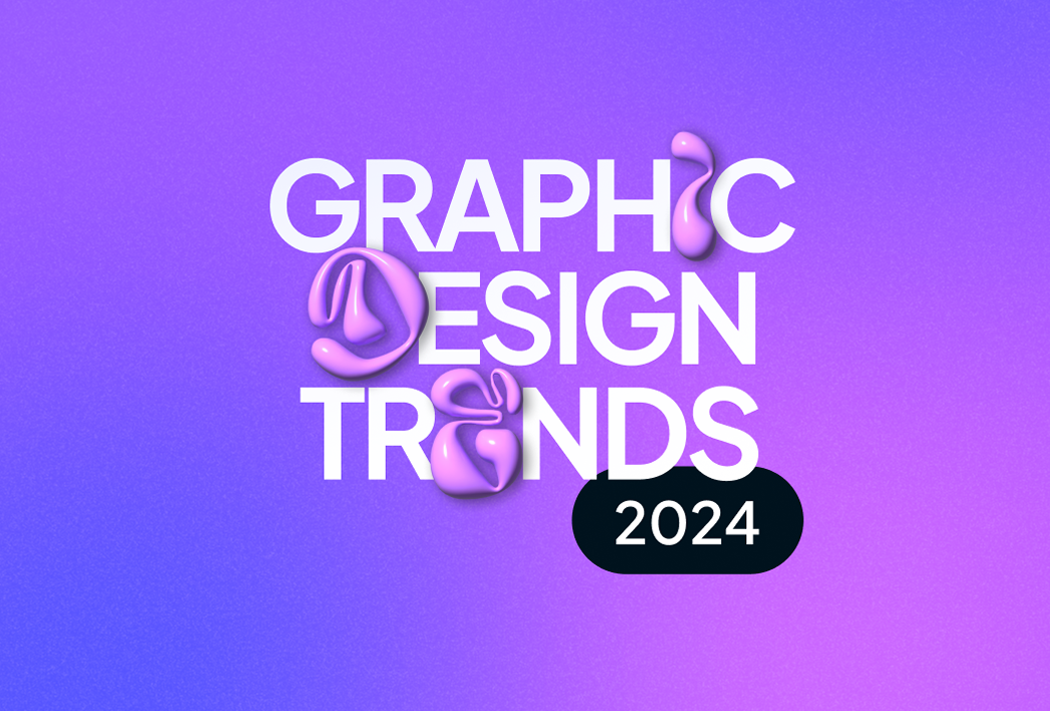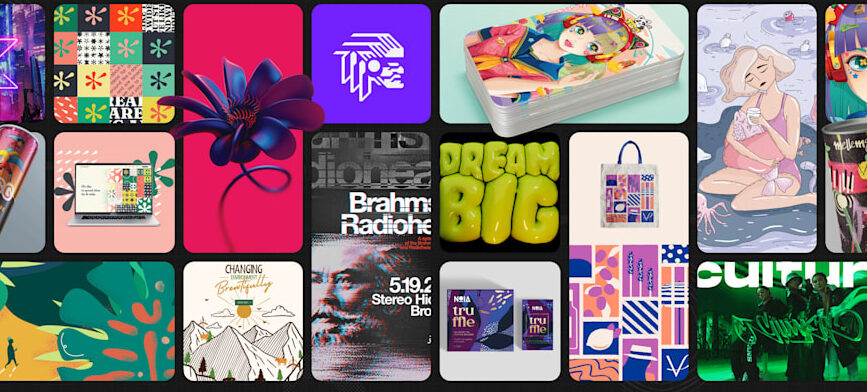Typography is a crucial element in the world of design. It is more than just the art of arranging type; it is a powerful tool that shapes the way we perceive and interact with content. Whether you are designing a website, a poster, or a book, typography plays a significant role in conveying the message and enhancing the overall aesthetic appeal. Here are some key reasons why typography is important in design:
1. Communication
Typography is primarily about communication. The way text is presented can greatly impact how the message is received. Good typography ensures that the text is easy to read and understand, which is essential for effective communication. Different fonts and styles can convey different emotions and tones, helping to reinforce the message being communicated.
2. Visual Hierarchy
Visual hierarchy is the arrangement of elements in a way that implies importance. Typography helps establish this hierarchy by varying the size, weight, and style of text. Headlines, subheadings, and body text should be clearly differentiated to guide the reader’s eye and highlight the most important information first.
3. Brand Identity
Typography is a key component of brand identity. The choice of fonts and how they are used can create a distinct look and feel that is associated with a particular brand. Consistent use of typography across all brand materials helps to build recognition and trust with the audience.
4. Readability and Accessibility
Good typography enhances readability, making it easy for people to read and comprehend the content. This includes choosing appropriate font sizes, line spacing, and letter spacing. Accessibility is also a critical aspect, as typography should be chosen to ensure that content is accessible to all users, including those with visual impairments.
5. Aesthetics and Engagement
Typography contributes significantly to the overall aesthetic appeal of a design. Well-chosen typefaces and thoughtful arrangements can make a design look professional, polished, and visually appealing. This not only attracts the viewer’s attention but also keeps them engaged with the content.
6. Mood and Tone
The style of typography can set the mood and tone of the design. For instance, serif fonts can convey a sense of tradition and reliability, while sans-serif fonts often feel modern and clean. Script fonts can add a touch of elegance or playfulness, depending on their style. By choosing the right typefaces, designers can evoke the desired emotional response from their audience.
7. Functionality
Typography must also be functional. This means that the text should not only look good but also be practical and easy to read in different contexts and on various devices. Responsive typography, which adjusts according to the screen size, is essential in web design to ensure a seamless user experience.
In conclusion, typography is an integral part of design that goes beyond mere aesthetics. It plays a vital role in communication, establishing visual hierarchy, and reinforcing brand identity. Good typography enhances readability, accessibility, and engagement, while also setting the mood and tone of the design. By paying attention to the nuances of typography, designers can create more effective and visually appealing designs that resonate with their audience.




